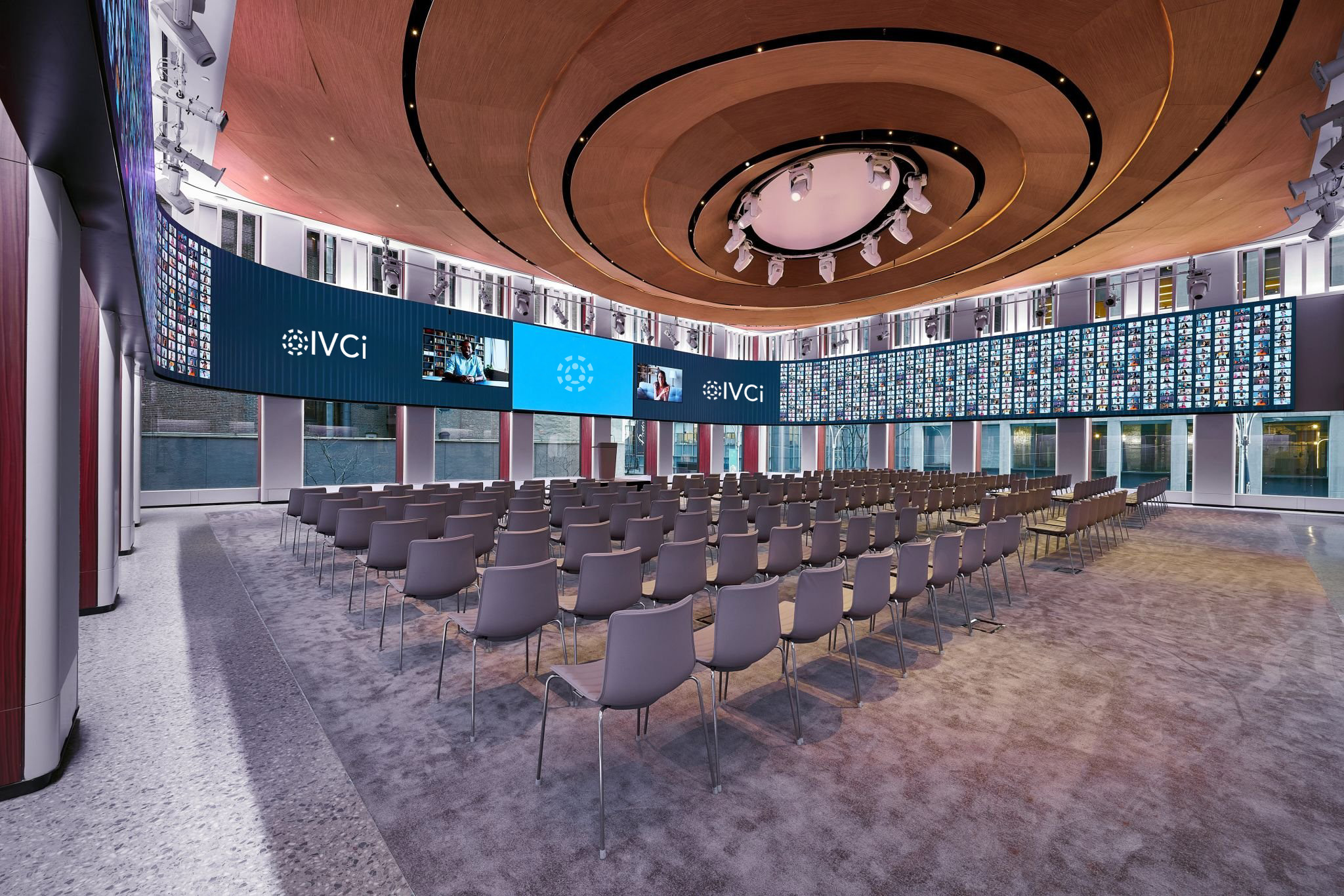In the past year and a half, there’s been a huge shift away from in-person events because of COVID-19. Even today, as vaccines are readily available, most events are taking place in a virtual or hybrid format.
However, live streaming events can leave a lot of room for technical difficulties. Without a smooth user experience, attendees can get frustrated, leave the event, and avoid coming to your future live events.
We’ve put together a Live Streaming 101 guide to help you put on successful live events that keep attendees happy and engaged with your brand.
Creating your event plan
There are a lot of moving parts when it comes to live streaming a live event, so it’s important to make a comprehensive plan. Some items to cover in your plan to help you get started:
- What is the purpose of your event?
- What is your budget?
- How many attendees are you expecting?
- Will the event be 100% live or include pre-recorded sessions?
- Are all attendees having the same experience or will there be different paths or breakout sessions?
- How many people will need to have camera/microphone access?
Answering these starter questions will help you figure out a baseline plan and bring up any other specific questions you may need to answer.
Starting with the right equipment and platforms
Your plan will help you determine what equipment and platforms are right for your event. If your organization already uses a platform, such as Zoom or Microsoft Teams, it’s best to stick with that since your team is familiar with it so it reduces the chance of user error.
You’ll also need high-quality cameras and microphones to most closely replicate the in-person experience. You may also need additional equipment like AV carts, digital displays, and connected devices to complete the experience.
Testing everything under similar circumstances
It’s important to test all of your equipment under realistic circumstances. It’s easy for everything to go smoothly when there are three users logging in, but that’s not what the live event will be. Test with as many team members as possible, having them utilize chat and question features as well. Also, be sure to do a dry run of any presentations that way if there’s any additional media that needs to be streamed, you can be sure it works too.
Preparing your audience and getting attendees
Once you’re confident you can run your event with no technical issues, it’s time to attract attendees. Send targeted email campaigns, social media ads, and organic content to spread the word and get people excited to attend.
Gathering feedback and improving for the future
Live streaming best practices don’t stop once the event is over. It’s crucial to send a post-event anonymous survey to gather feedback and improve events for the future. That way, even if an attendee had an issue or concern, they can register for your next event with confidence knowing that the experience will be improved.
These tips will help your organization successfully live stream live events. But it always helps to have an expert on your side to help ensure you have the right systems in place for high quality live streaming. IVCi is here to help your organization get started or take your setup to the next level — contact us today to learn more.





